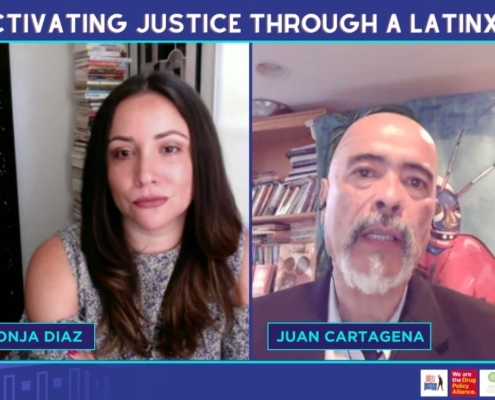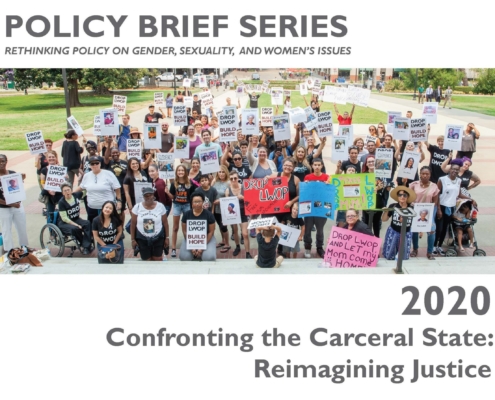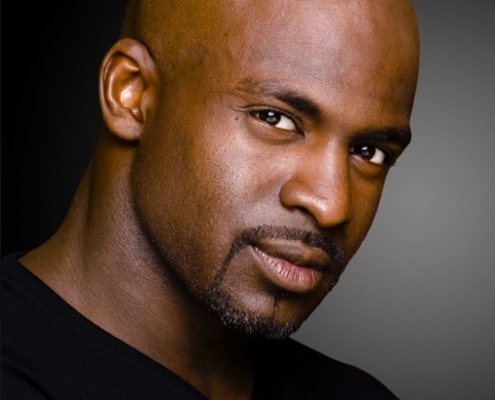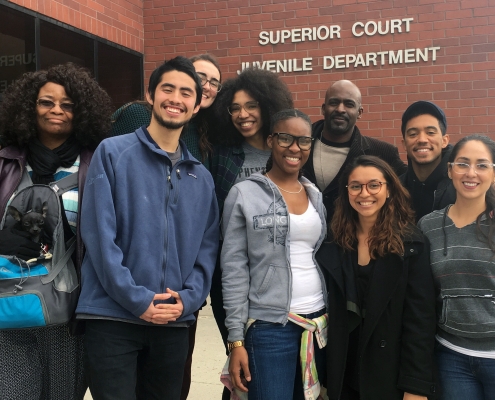Posts

Activating Justice Through a Latinx Lens
What would our criminal legal system look like if it was…

CSW Gender, Race, and Age Behind Bars: Impacts of Long-Term Sentencing Event on Feb. 3
UCLA Center for the Study of Women Presents:
GENDER, RACE,…

CSW Policy Brief Series 2020 Presents Confronting the Carceral State: Reimagining Justice
In 2019, the UCLA Center for the Study of Women (CSW) collected…

Launch of the “Women Beyond Bars: Reentry and Human Rights” Report — TOMORROW at UCLA
Congratulations to UCLA Associate Professor, Bryonn Bain, for…

LA Social Science Presents “Conversations with Changemakers” Featuring Bryonn Bain and Rosie Rios – Part 2
By Lara Drasin Read Part 1 of this interview HERE. Bryonn…

LA Social Science Presents “Conversations with Changemakers” Featuring Bryonn Bain and Rosie Rios
By Lara Drasin Bryonn Bain is a UCLA professor jointly appointed…

Dr. Lytle Hernandez and Million Dollar Hoods to be Honored with Freedom Now Award on June 16
May 15, 2018 Professor Kelly Lytle Hernandez and Million Dollar…

